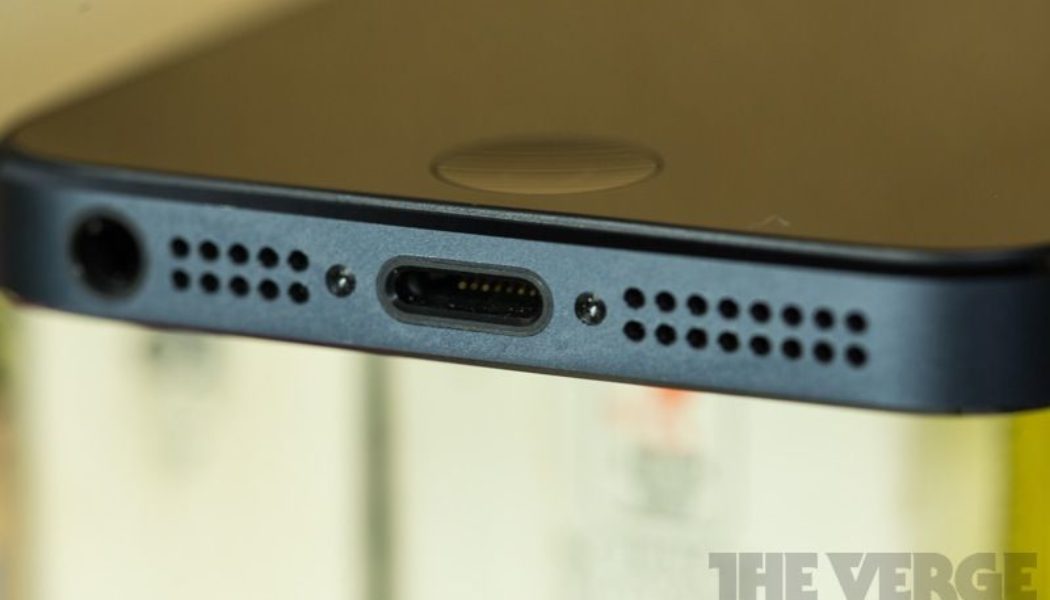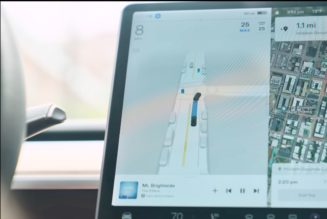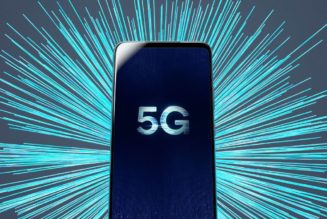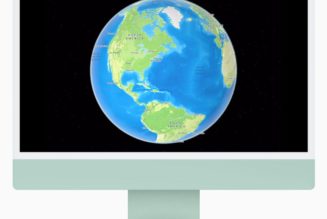This week, European Union lawmakers agreed on new proposals to force manufacturers of everything from smartphones and headphones to digital cameras and tablets to use the same universal charging port: USB Type-C. The plan is for the new rules to come into effect by fall 2024, after which these devices that charge using a wired cable will need to do so via a built-in USB-C port.
The single biggest impact of this legislation is likely to land on Apple’s iPhone. While the rest of the smartphone industry has gradually converged around USB-C as a single, standardized wired charging port, Apple has steadfastly stuck with Lightning, the proprietary connector it introduced with the iPhone 5 way back in 2012. The EU’s legislation could finally force it to move on.
The EU’s rules are just a provisional agreement for now and will need to be approved by both the European Council and European Parliament before they become official. That’s expected to happen after summer recess, which ends on September 1st. It’ll enter into force 20 days thereafter, and most manufacturers will then have 24 months to comply, which is where the fall 2024 compliance date comes from. The exception is laptops because the kind of high-wattage USB-C chargers these devices require are less commonplace than phone chargers. They’ll instead have 40 months, which brings us to roughly the beginning of 2026.
If Apple wants the iPhone to have a physical charging port after fall 2024, then the EU wants USB-C to be its only option. It can’t simply offer an external dongle like it did a decade ago. The most recent public drafts of the proposed legislation specify that the USB Type-C connector used for charging needs to remain “accessible and operational at all times,” meaning a detachable dongle is unlikely to cut it. That’s because the EU’s rules are designed to reduce e-waste, with a universal charging standard that’ll hopefully mean more chargers can be reused rather than ending up in landfills. The EU estimates the rules could cut down on 11,000 metric tons (over 12,000 tons) of e-waste annually and save customers €250 million (around $268 million USD) on “unnecessary charger purchases.”
We have a deal on the common charger!
This means more savings for EU consumers and less waste for the planet:
mobile phones, tablets, cameras… will all use USB type C
harmonised fast-charging technology
unbundling of sale of chargers #SingleMarket #DigitalEU pic.twitter.com/qw2cJV4RY0— European Commission (@EU_Commission) June 7, 2022
New flagship iPhones tend to be announced in September each year, which means Apple’s 2024 iPhone range (likely to be called the iPhone 16) will launch right as the legislation is coming into force. But the rules dictate that “there shouldn’t be products on the market that are not compliant” with the directive, says Desislava Dimitrova, a spokesperson with the European Parliament. That means Apple may want to make the changes sooner, since it would have to modify or pull older models from the market. Apple typically continues selling older models for several years at a lower price.
There are already reports that the iPhone maker could make the change next year. Last month, reputable Apple analyst Ming-Chi Kuo reported that Apple could be ready to make the switch as early as 2023. Days later Bloomberg’s Mark Gurman corroborated this report and said Apple was already testing iPhones equipped with the connector. If accurate, these reports suggest we might see an iPhone equipped with a USB-C port a year before the EU’s new rules come into effect.
Of course, the EU can’t force Apple to make the change worldwide. But any iPhones sold in the European Union’s single market would have to abide by these rules. Over the course of its 2021 financial year, almost a quarter of Apple’s net sales came from Europe, and the iPhone was its best-selling product worldwide. The market is simply too lucrative for Apple to abandon over legislation like this. Apple could make USB-C iPhones and ship them exclusively to the EU, but given Apple’s emphasis on supply chain efficiency that sees it selling a narrow selection of very similar devices around the world (with just a couple special models as an exception), that approach seems unlikely.
A spokesperson for Apple declined to answer questions about how the company intends to comply with the forthcoming legislation.
There is at least one way that Apple could avoid having to ship USB-C ports on its phones, and that’s thanks to wireless charging. The current EU legislation is only concerned with wired charging, so if a phone were to only charge wirelessly, it could avoid the EU’s charging harmonization rules altogether.
It’s a theoretical distinction given portless phones don’t really exist outside of the realms of a couple of concept phones and publicity stunts. But it’s significant given the rumors that Apple has considered going down that route with the iPhone. These rumors have been swirling ever since Apple introduced the MagSafe wireless charging standard with the iPhone 12 line. Those rumors have faded away more recently, though, and a decision to stick with wired charging could explain why Apple seems relatively uninterested in building out an ecosystem of MagSafe accessories.
Apple has resisted the EU’s attempts to standardize around USB-C. In feedback submitted to the European Commission last year, the company argued that the regulation could slow down “the introduction of beneficial innovations in charging standards, including those related to safety and energy efficiency.” It also said the new rules could increase e-waste in the short term “by triggering disposal of existing cables and accessories.” It has a point. With an estimated 1 billion iPhones in use around the world as of early 2021, that’s a lot of charging hardware that’ll become redundant over time. And all these customers are going to need new USB-C accessories to replace them.
:no_upscale()/cdn.vox-cdn.com/uploads/chorus_asset/file/2651604/LL6C9617-hero.1348200901.jpg)
As my former colleague Chaim Gartenberg wrote last year, Apple’s concerns could have as much to do with Apple’s bottom line as it does with e-waste or innovation. Since Lightning is a proprietary connector, any accessory manufacturer that wants to support it has to go through Apple’s MFi program, which allows Apple to get a cut of the lucrative iPhone accessories market.
The irony is that, despite its opposition to putting a USB-C port on its phones, Apple has been one of USB-C’s biggest champions across other device categories. On the laptop side of its business, the company started going all-in on USB-C in 2015 when it released a MacBook featuring just a single USB-C port alongside a headphone jack. If anything, Apple embraced USB-C too quickly, forcing the much-mocked “dongle life” onto users around the world. Apple has also brought USB-C to an increasing number of its iPads, like the iPad Pro and, more recently, the iPad Air.
(As a side note: although devices covered under the EU’s rules need to be able to charge over USB-C, they don’t have to use this as their only form of charging. That means MacBooks that charge over MagSafe — the laptop version that is — are still free to do so, so long as their USB-C ports can also charge them. And that’s already the case with Apple’s latest MacBooks.)
If the legislation comes into force in its current form, it won’t just be the iPhone that Apple will have to switch from Lightning to USB-C in the EU. According to a press release from the European Council, headphones, earbuds, wireless mice, and wireless keyboards would all be required to use USB-C for wired charging. That would cover the AirPods Max, AirPods, Magic Mouse, and Magic Keyboard, all of which currently use Lightning.
As well as asking smartphone manufacturers to use the physical USB-C port, the EU also intends to standardize fast charging across phones, where Apple is starting to lag behind its Android-based competitors. The iPhone 13 Pro Max reported charges at under 30W, while Samsung’s USB PD-compatible Galaxy S22 devices can extend up to 45W. The EU hopes to standardize wireless charging in the future, too.
The EU’s new legislation is still far from passing into law. It needs to be finalized at a technical level and voted on by both the European Parliament and European Council. But between it and the Digital Markets Act, whose provisions include requiring iMessage to interoperate with other smaller messaging platforms as well as requiring Apple to allow third-party app stores on iPhone, the organization is forcing big changes at Apple. And the iPhone maker will have little choice but to play ball if it wants to continue benefiting from one of its largest markets.









